42.760 Orijinal sanat eserleri, Sınırlı basım:
Pop Art is a modern movement born in the middle of the 20th century in Great Britain which will take on a real dimension in the second half of the 20th century in the USA. It then becomes a real American movement. Andy Warhol is the most famous representative of this artistic movement.
Non-elitist, even popular art, it appropriates objects, references or everyday experiences in order to create a work of art. We find all forms of art (painting, sculpture, drawing, installation, etc.) in “non-traditional” Pop art. Artists do not hesitate to use new techniques as well as new supports.
What are the Influences behind Pop Art?
British artist Eduardo Paolozzi creates a collage of a pin-up girl with the Coca-cola brand logo and the word pop. The 1947 painting: "I was a rich Man's Plaything" is considered the first Pop painting in history. In 1952 the artists Richard Hamilton and Eduardo Paolozzi, Alison and Peter Smithson and the art critic Lawrence Halloway founded the group "Independent Group", precursors of the Pop art movement and will present their first exhibition.
The mass consumer society. After the Second World War and the rise of the consumer society, artists appropriated this new culture and put it forward in their creations like Andy Warhol with his boxes of Campbell soup.
From the 1950s and 1960s, pop music became a global phenomenon and inspired artists. Several album covers are made by Pop artists such as the cover of "Sgt. Pepper's Lonely Hearts Club Band" by the Beattles made by Peter Blake. Cinema is also becoming a real phenomenon and will inspire artists like Andy Warhol and his many versions of Marylin.
The explosion of American comics, particularly in the USA in the second half of the 20th century, would have a great influence on many artists such as Roy Lichtenstein, who produced many works that marked the Pop art artistic movement.
What are the techniques used in the artistic movement of pop art?
- The collage: The first works of Pop art are collages created by Eduardo Paolozzi. It is a characteristic method of this new artistic movement. Pasting was little used before. Pop artists use different materials for their collages: magazines, newspapers, posters, fabrics, paper, cardboard, plastics...
- Painting: Artists will favor new painting techniques such as acrylic paint which have just been developed by the chemical industry
- Screen printing: New industrial technique, it allows to reproduce an image in series. The principle of a single painting canvas disappears. Works of art can be reproduced dozens and dozens of times.
What are Famous Artists and Works?
Eduardo Paolozzi (1924-2005)
He is the precursor of pop art. Passionate about science fiction, his first artistic works are collages using advertising clippings using pin-ups or housewives to convey a message against the mass consumer society in his works of art. Paolozzi stayed in Paris, where he met the surrealists, Alberto Giacometti, but above all his interest in art brut made him meet Jean Dubuffet. These meetings will be decisive in the creation of this new form of art.
Peter Blake (1932-)
He created his first collages in 1955. At the start of the 1960s, the artist recovered and mixed the images that we find recurrently in his work: mythical characters, stars of sport, cinema or music. Peter Blake created in 1957, one of the first known works of Pop art: “On the balcony”. The work is now in the collections of Tate Britain museum in London.
Richard Hamilton (1922-2011)
Painter and co-worker, Hamilton is one of the first creators of Pop art. Hamilton is heavily influenced by the works of James Joyce and Marcel Duchamp. He focuses his work on popular culture, mass-produced, youthful and glamorous.
The British artist's collage “Just what is it that makes today's homes so different, so appealing? created in 1956 is in the collections of the Kunsthalle, in Tübingen (Germany).
Andy Warhol (1928-1987)
The emblematic artist of Pop art Andy Warhol (real name Andrew Warhola), born in Pittsburgh, Pennsylvania and died in New York in 1987. He painted in New York in 1961 works of art inspired by American comics. (Advertisement, Before and After, Little King, Saturday's Popeye and Superman). In 1962 Warhol presented a diptych by Marylin Monroe a few months after the artist's death. Fascinated by the silkscreen reproduction process. A technique that was to become Warhol's recognizable style, both simple and quick. The photo of Marylin selected by Warhol is taken from the film "Nigeria", in which Marilyn had played in 1953. The model will be used by him to create many works of art with this image of Marylin that everyone knew.
In 1963 he created "Silver Car Crash (Double Disaster)" From 1965 he worked with many assistants in his New York studio the Factory. The Pop art style somehow barely existed before Warhol became interested in it.
Roy Lichtenstein (1923-1997)
In 1961 Roy Lichtenstein began to paint his first pop works inspired by cartoons and with techniques inspired by the appearance of commercial advertisements, such as "Look Mickey!" Which is now on display at the National Gallery of Art, Washington, DC In the USA.
In 1961, Leo Castelli began presenting his first exhibition of Lichtenstein's work at his New York gallery and he had his first solo exhibition at the gallery, in 1962.
Many other artists are also known for their involvement in the pop art movement such as Robert Rauschenberg, Valerio Adami, John Alcorn, Allan D'Arcangelo, Keith Haring, David Hockney, Jasper Johns, Ed Ruscha...
At the same time in France, influenced by the Pop wave, a particular art movement was developing: “new realism”. The artists will use everyday objects not as "icons" but as components of the work itself. This is the beginning of the use of industrial materials such as concrete, prefabricated sheets, cans...
The artistic movement is marked by the artists Arman, François Dufrêne, Raymond Hains, Yves Klein, Jean Tinguely, Jacques Villeglé or Gérard Deschamps.
Pop art today or "neo pop art"
The artists Murakami, Koons or Hirst are emblematic of the contemporary Pop art trend. Extremely popular Takashi Murakami even collaborates with luxury brands like Louis Vuitton. The "kitsch" balloon sculptures of Jeff Koons, such as the Balloon dog have become symbols known to all.
The works of Fabien Novarino mixing collages, painting, stencils... are a tribute to the culture of entertainment.
What are the defining quotes of the Pop art art movement?
Eduardo Paolozzi
"I don't want to," he said in a conversation with writer JG Ballard and critic Frank Whitford, published on the occasion of his premiere.
major retrospective at the Tate Gallery by the magazine Studio International in October 1971, making images that help people escape from this terrible world. I want to remind them."
Peter Blake
“We are not consciously avant-garde, in front of others. We discover and try to find paths, and two years later, when someone follows the same path, it becomes clear that we were ahead of the others. But, on the other hand, we sometimes try to stay consciously in the background or go back ten years. I tend to play this game, “swimming against the tide”, sometimes consciously and sometimes unconsciously.
Richard Hamilton
“Pop Art: Popular, provisional, disposable, cheap, mass-produced, young, funny, sexy, clever, spectacular and very profitable.”
Andy Warhol
“I like boring things. I like things to be exactly the same over and over again.”
"All boards should be the same size and color so that they would be interchangeable and no one would feel like they had a good one or a bad one."
"Bad taste makes time pass faster."
Roy Lichtenstein
"What marks pop is above all the use it makes of what is despised and it insists on the most practical, the least aesthetic, the most bellowing aspects of advertising."
"Clichés are simple patterns that are striking, memorable, and easy to communicate. They can signify the gist of an idea. They have the potential to become monumental."
Discover original contemporary Pop Art artworks on ArtMajeur
Contemporary Pop Art is a vibrant and expressive form of art that has become increasingly popular in recent years. This type of artwork is characterized by its bold colors, striking imagery, and its use of popular culture references. Artists use a variety of supports and materials such as canvas, paper, and wood, and employ techniques like screen printing, digital printing, and collage. What makes Pop Art truly unique is its ability to capture the essence of our modern world, and to reflect back to us the images and themes that define our culture.
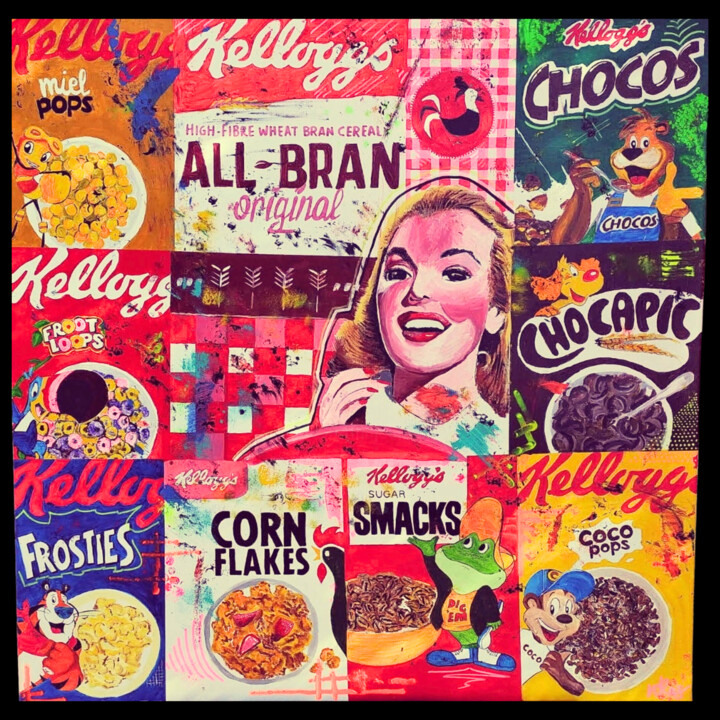
©2025 Nkas
Origins and History
Pop Art, a mid-1950s movement in the United Kingdom and America, emerged as a reaction against the prevailing artistic styles of the time. It sought to bridge the gap between high and low art by incorporating popular culture and everyday objects into its works. Key figures in the movement included Andy Warhol, Roy Lichtenstein, and Richard Hamilton.

©2024 Frédéric Font (Chroma)
Evolutions of theses works in the contemporary art market
In recent years, original contemporary Pop Art artworks have undergone a fascinating evolution. This art form has its roots in the 1950s and 1960s, when artists like Andy Warhol and Roy Lichtenstein pioneered the use of popular culture imagery in their works. Today, contemporary Pop Art is characterized by its bold use of color, graphic patterns, and playful compositions. These artworks have become increasingly popular in the contemporary art market, and are sought after by collectors worldwide. What makes them so important is their ability to capture the spirit of our times, reflecting the cultural and social trends of the moment.
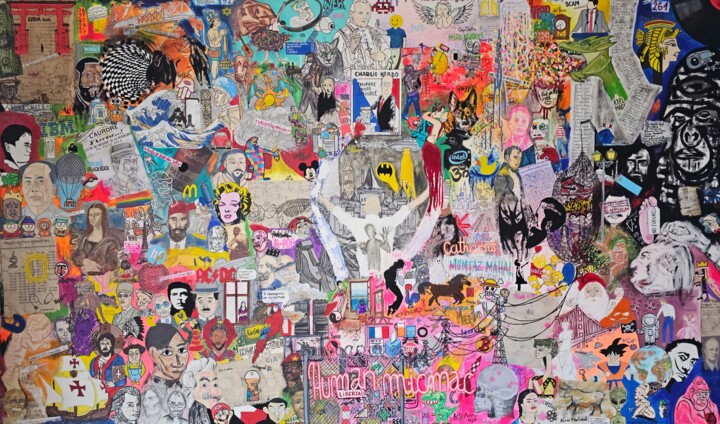
©2023 Robin Laffargue
Related Famous Artists
Contemporary Pop Art is a movement that has taken the art world by storm. It is characterized by bright colors, bold lines, and a sense of playfulness. Here are some of the top artists in this genre:
Takashi Murakami - This Japanese artist is known for his vibrant, cartoon-like paintings and sculptures. His work often features smiling flowers, anime-inspired characters, and references to Japanese culture.
Jeff Koons - Koons is an American artist who is famous for his oversized sculptures of everyday objects, such as balloon animals and giant inflatable flowers. His work is often criticized for being commercial and lacking depth, but he remains one of the most well-known Pop Art artists today.
Damien Hirst - Hirst is a British artist who is known for his controversial works, such as a shark preserved in formaldehyde and a diamond-encrusted skull. His work often explores themes of death and mortality, and he is considered one of the most successful living artists.
Yayoi Kusama - Kusama is a Japanese artist who is famous for her colorful, polka-dotted installations and sculptures. Her work often explores themes of femininity, sexuality, and mental illness.
Banksy - Banksy is an anonymous British street artist who is known for his political and social commentary. His work often features stenciled images of rats, policemen, and other iconic symbols, and he has gained a cult following for his provocative and thought-provoking art.
These artists have all made significant contributions to the world of Pop Art, and their work continues to inspire and captivate audiences around the globe. Whether you’re a die-hard fan or a casual observer, there’s no denying the impact that Pop Art has had on contemporary culture.
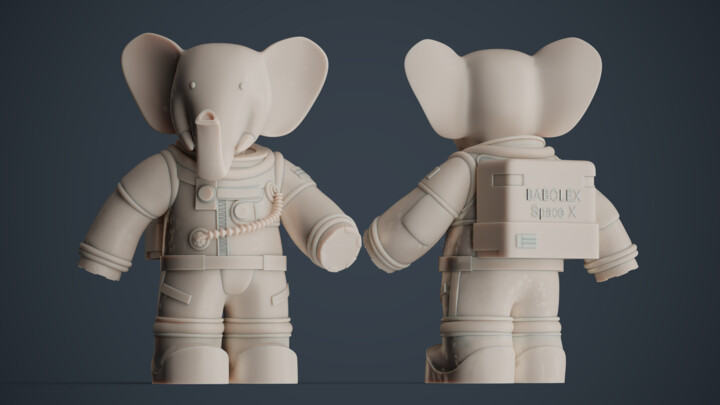
©2025 Vincent Faudemer
Notable original contemporary Pop Art artworks
Pop Art is a popular art movement that emerged in the 1950s. It celebrates mass culture, consumerism, and the everyday. Here are some well-known original contemporary Pop Art artworks:
"Campbell’s Soup Cans" by Andy Warhol, created in 1962, depicts thirty-two cans of Campbell’s Soup in a grid. The artwork is a commentary on mass production and consumerism.
"Marilyn Diptych" by Andy Warhol, created in 1962, is a silkscreen painting of Marilyn Monroe. The artwork is a tribute to the actress and an exploration of her fame and tragic death.
"Whaam!" by Roy Lichtenstein, created in 1963, shows a fighter plane firing a missile. The artwork is based on a comic book panel and is a commentary on war and violence.
"Love" by Robert Indiana, created in 1966, is a sculpture of the word "love" in bold letters. The artwork has become an iconic symbol of the Pop Art movement and has been reproduced in various forms.
"Banana" by Andy Warhol, created in 1967, is a screenprint of a banana on a yellow background. The artwork is a playful take on advertising and commercial packaging.
"Flag" by Jasper Johns, created in 1954-55, is a painting of the American flag. The artwork is a statement on patriotism and the role of the artist in society.
These artworks have become iconic symbols of the Pop Art movement and continue to inspire artists today. They celebrate the everyday and challenge traditional notions of art.
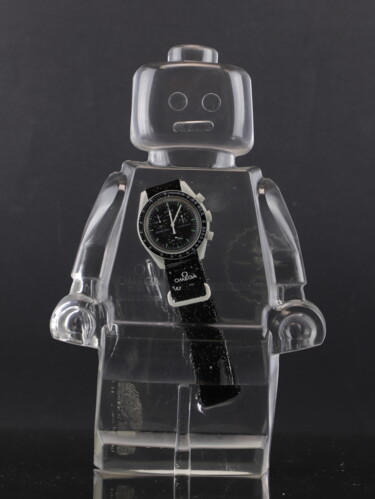
Vincent Sabatier (VerSus)
Heykel - Rezine | 9,8x6,3 in
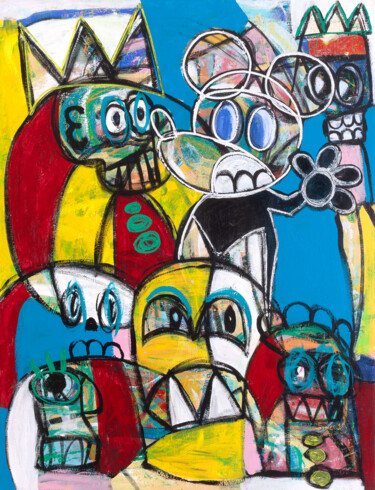
Tommy Lennartsson
Tuval tarihinde Akrilik | 51,2x39,4 in
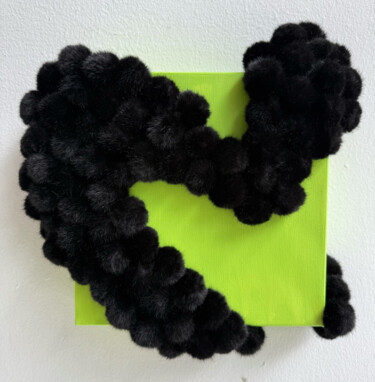
Victo
Tuval tarihinde Tekstil elyafı | 9,8x9,8 in
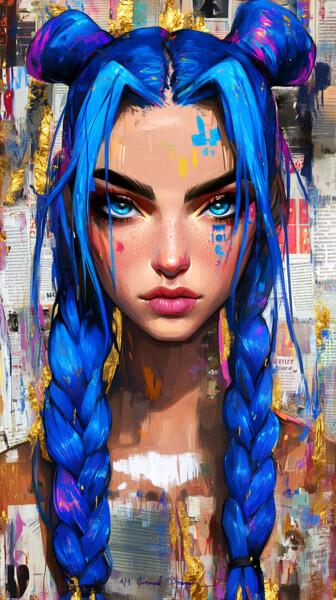
Emanuel Baumann
Dijital Sanat | 35,8x20,1 in

Frédéric Font (Chroma)
Dijital Sanat | 31,5x47,2 in
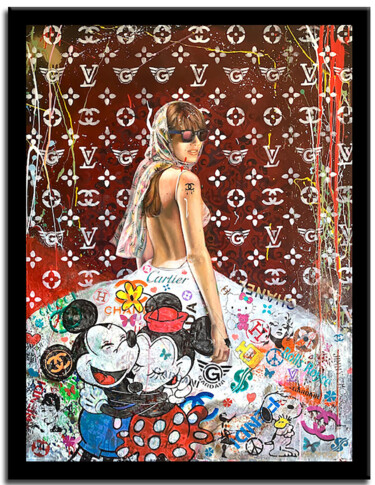
Gardani
Tuval tarihinde Petrol | 47x35 in
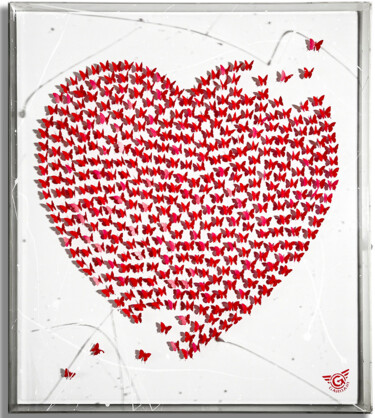
Gardani
Heykel - Rezine | 32x27 in
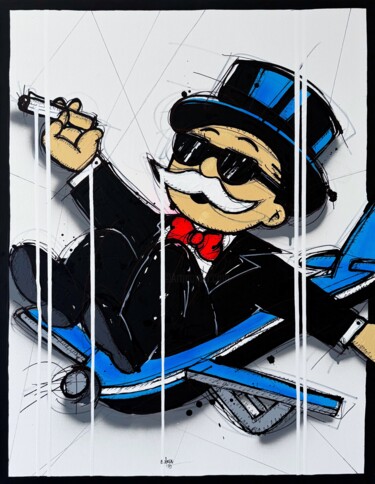
Esteban Vera (EVera)
Tuval tarihinde Akrilik | 35,4x27,6 in

Dr8love
Tuval tarihinde Akrilik | 39x39 in

Sebastian Novaky
Heykel - Paslanmaz Çelik | 29,9x51,2 in
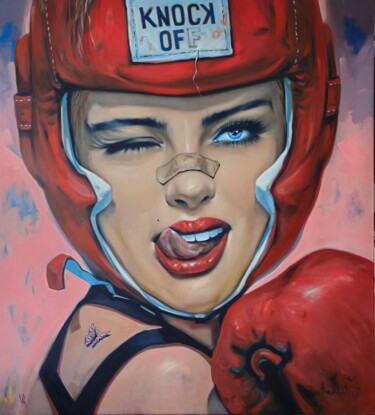
Vadim Kovalev
Tuval tarihinde Petrol | 43,3x47,2 in

Kris Kim
Tuval tarihinde Akrilik | 126x63 in
























